Pierre-Auguste Renoir
1841-1919 | French
Portrait De Coco Et Fleurs
Signed “Renoir” (Lower Right)
Oil On Canvas
A Delightful And Sentimental Portrait Of Childhood Innocence, Portrait De Coco Et Fleurs By Pierre-Auguste Renoir Is Distinguished As One Of The Impressionist Master’S Most Personal Works. Known For His Luxuriant Still Lifes And Captivating Figurative Paintings, Renoir’S Portraits Of Children Are Some Of The Famed Artist’S Most Sought-After Works. Portraits Of The Artist’S Own Children Are His Most Intimate Triumphs Of The Medium. Scholars Note A Shift In Renoir’S Depictions Of Children After The Birth Of His Own. Rather Than Rendering Children As Buttoned-Up Accessories Of Adults In Formal Portraits, He Chose To Highlight Their Expressive And Curious Individuality.
This Portrait Depicts Renoir’S Son Claude At Age Five, Sitting In Profile And Deeply Engrossed In A Drawing. Just Above The Painterly Portrait, Renoir Renders Another Of His Favorite Subjects, A Profusion Of Flowers, With Rich Color And Detail. The Bouquet Of Anemones And Ranunculus Coupled With The Child’S Pink Blouse And Flaxen Blonde Tresses Creates An Overwhelming Sense Of Sweetness And Sentimentality.
The Family Lovingly Nicknamed Their Youngest Son Cloclo, Which Later Became Coco. Soon, Coco Became Renoir’S Favorite Model, Surpassing His Elder Brother Jean. Renoir Was Keen To Paint Portraits Of His Children Prior To Their First Haircut As He Felt Long Unshorn Hair Captured Their Childhood Innocence. When Coco Was Born, Jean’S Hair Was Cut For The First Time And His Father Rarely Painted Him Again. Of The Shift, Jean Renoir Recalled, “It Was While We Were Living In The Rue Caulaincourt That My Father Had Me Pose For Him Most Often. A Few Years Later My Brother Claude, Who Was Seven Years Younger Than I, Was To Take My Place In The Studio. Coco Certainly Proved One Of The Most Prolific Inspirations My Father Ever Had.”
Renoir Held Somewhat Progressive Ideas About Childhood For His Time. He Believed Children Should Be Able To Make Their First Contact With The World Around Them Without Adult Or External Interference. He Insisted That Children Should Have Just The Right Kinds Of Colors And Objects Around Them And Promoted A More Organic And Natural Environment For His Children. This Approach Might Shed Light On Renoir’S Unique Choice To Portray His Children In A Feminine-Like Way. Often, Renoir’S Portraits Of His Sons Are Mistaken For Girls As Renoir Usually Dressed Them In Girls’ Clothing, Feminized Their Names And Sometimes Adorned Their Blonde Hair With Ribbons. He Would Capture The Children This Way As They Played With Toy Soldiers And Made Drawings, Perhaps Making A Rather Progressive Commentary On The Strictures Of Gender On The Malleable Mind Of A Child.
By Juxtaposing This Portrait Of His Young Son With A Bouquet Of Floral Blooms, Renoir Emphasizes The Delicate Beauty And Innocence Of Childhood, Underscoring That Children Must Be Protected, Nurtured And Cherished.
One Of The Best-Loved Impressionists Of All Time, Renoir Was Born In Limoges, France, And Began His Career As An Apprentice To A Painter Of Porcelain Wares Then Moved To Paris At The Age Of 21 Enrolling At The Prestigious École Des Beaux-Arts. It Was Here, While Studying Under Charles Gleyre, That Renoir Attained A Tremendous Appreciation For The Academic Style Of Painting, A Quality That Would Last Throughout His Career. This Was Also A Time In Which He Met Claude Monet And Several Other Classmates Who Would Later Establish The French Impressionist Group.
Working Closely With Monet, Renoir Began Experimenting With The Portrayal Of Light And Its Effect On His Canvases. The Youngest Member Of The Impressionist Movement, An Astute Renoir Recognized How A Subject Was Constantly Changing Due To The Dynamic Effects Of Light On Color. Capturing A Particular Moment In Time, Or An “Impression,” Rather Than A Subjective Scene, Was Central To The Group’S Philosophy, Which Became The Most Important Artistic Phenomenon Of The 19Th Century.
Relying Heavily Upon His Academic Training That Focused On Composition, Lines And Descriptive Details, Renoir Distinguished Himself Among His Contemporaries. His Intuitive Use Of Color And Expansive Brushstroke, Along With Acute Attention To His Subject, Have Placed Him Among The Finest Painters In History. He Had The Remarkable Ability To Translate The Ordinary To The Extraordinary, As Evidenced By This Beautiful And Intimate Portrait Of His Beloved Son’S Delicate Childhood Innocence.
Portrait De Coco Et Fleurs Closely Resembles A Work In The Gangnat Collection In Paris Entitled Coco Écrivant.
Circa 1905
Canvas: 16 1/8” High X 10 3/4” Wide
Frame: 21 1/4” High X 15 3/4” Wide X 2 7/8″ Deep
References:
Renoir: Children, French &Amp; European Publications Inc., New York, 1962, By Michel Robida, Page 50
Provenance:
Sale, Sotheby’S New York, 15 November 1984, Lot 0324
Private Collection, Maplewood, Nj
M.S. Rau, New Orleans, La
Private Collection, New Orleans, La
Sale!
Fine Art M.S. Rau | Portrait De Coco Et Fleurs By Pierre-Auguste Renoir
$91.00

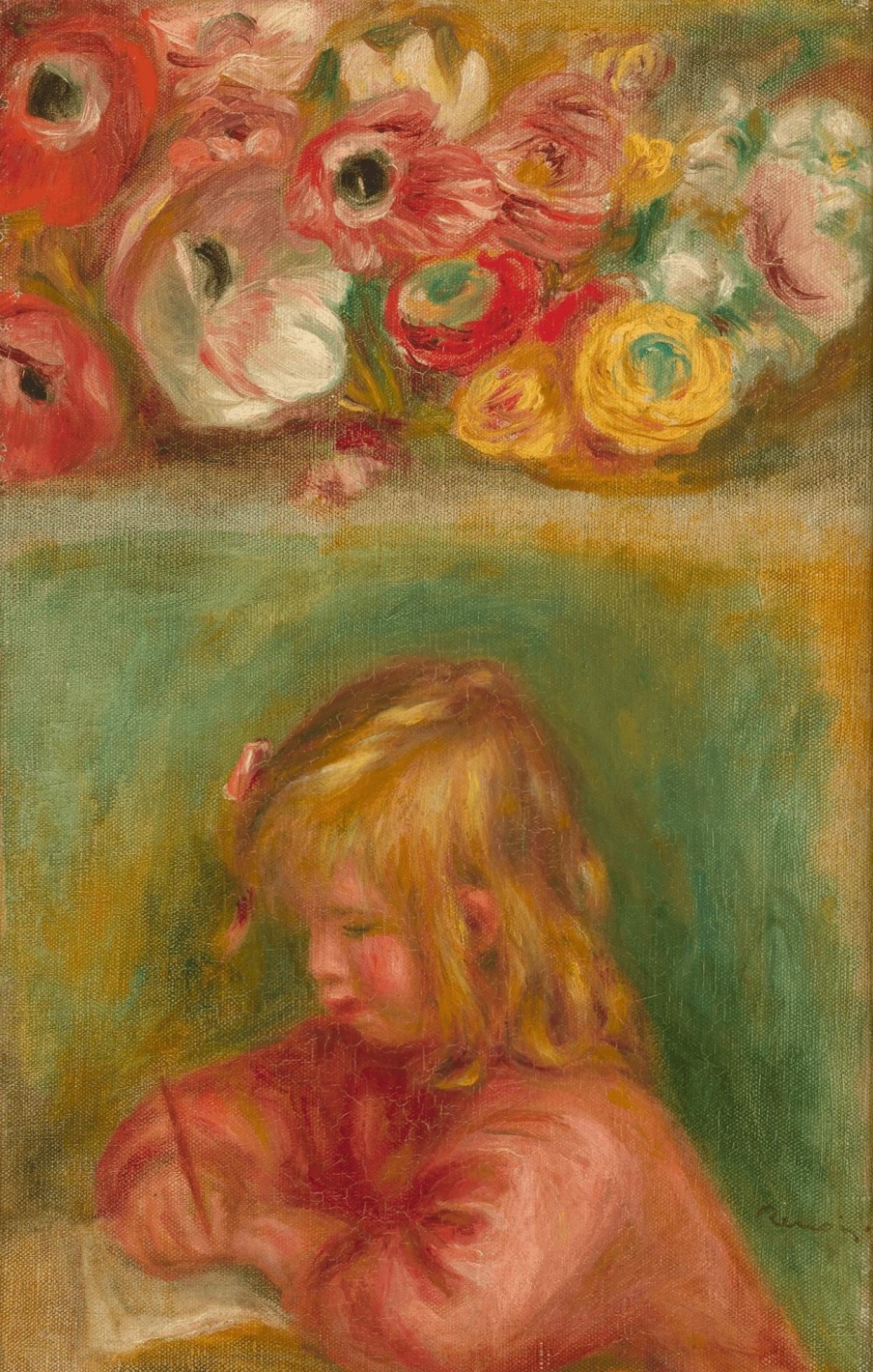
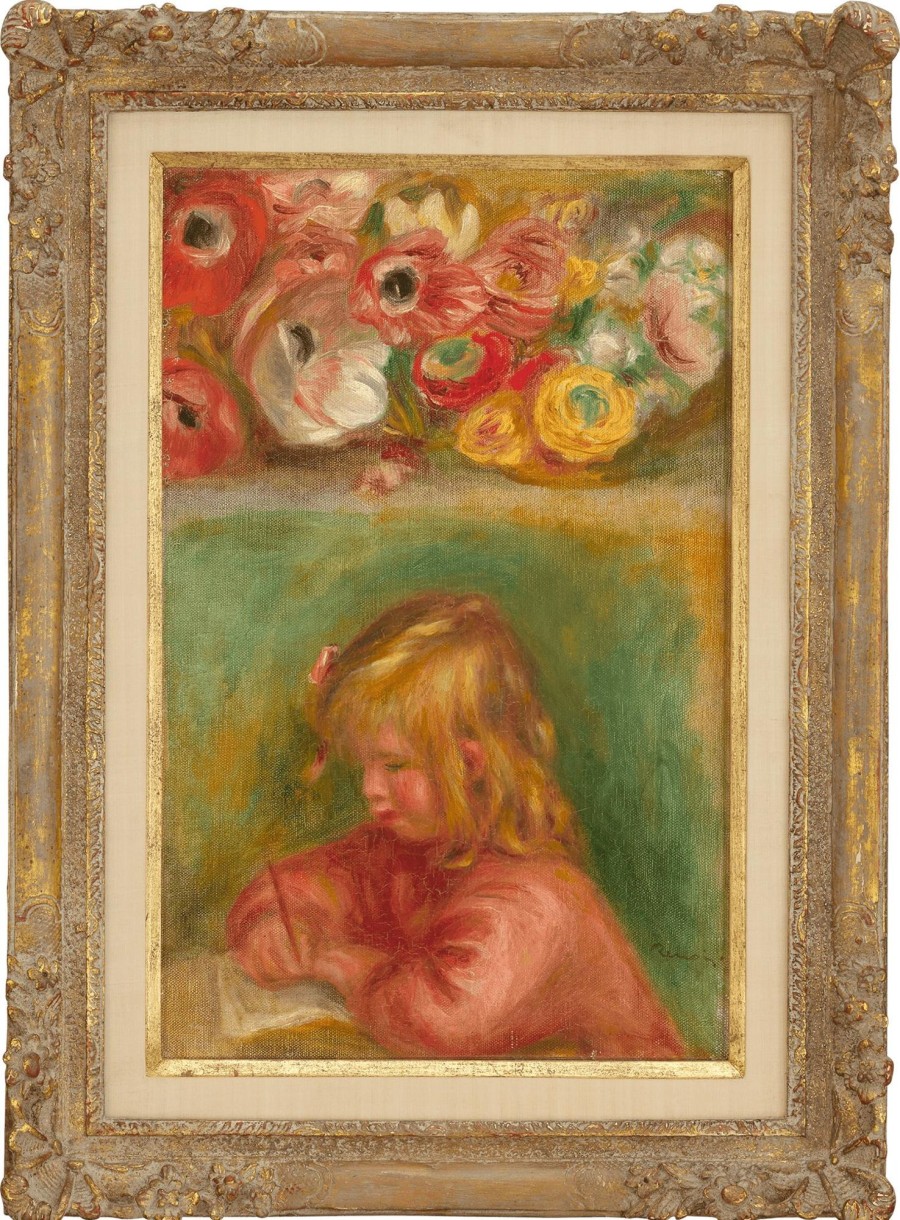

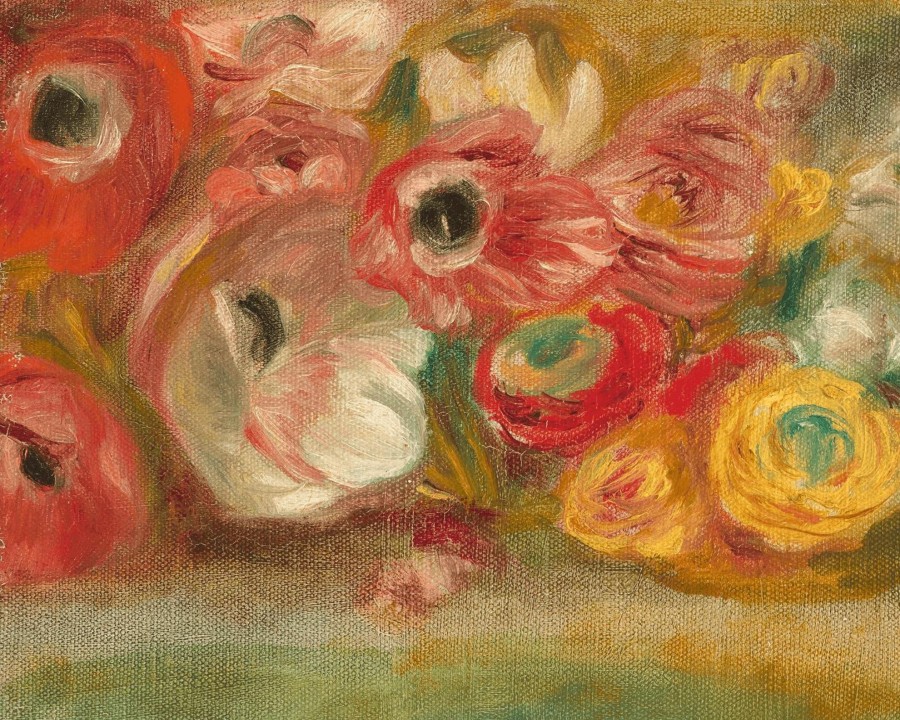
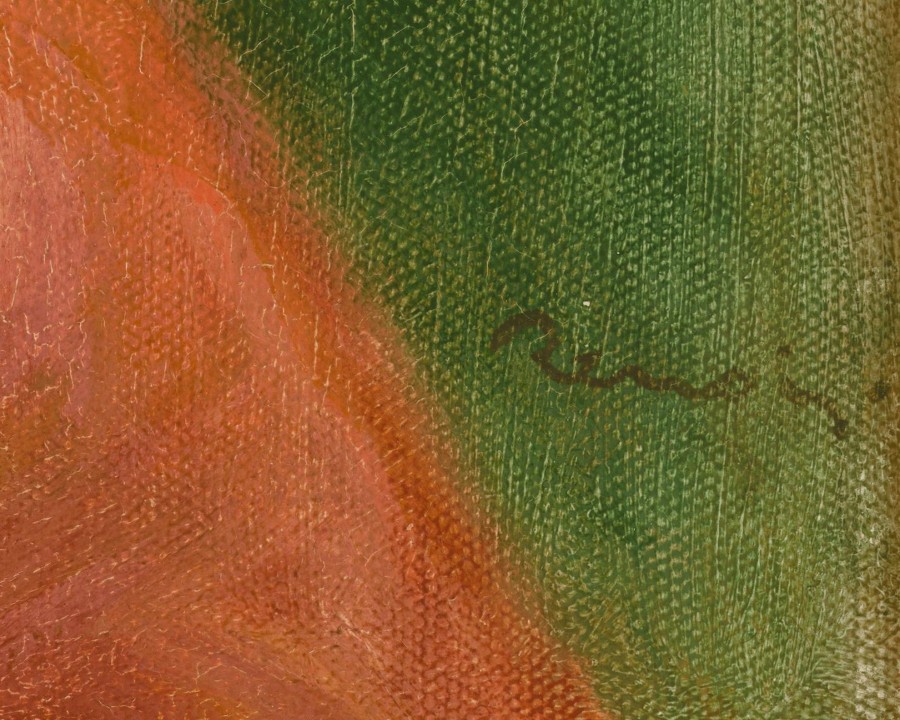
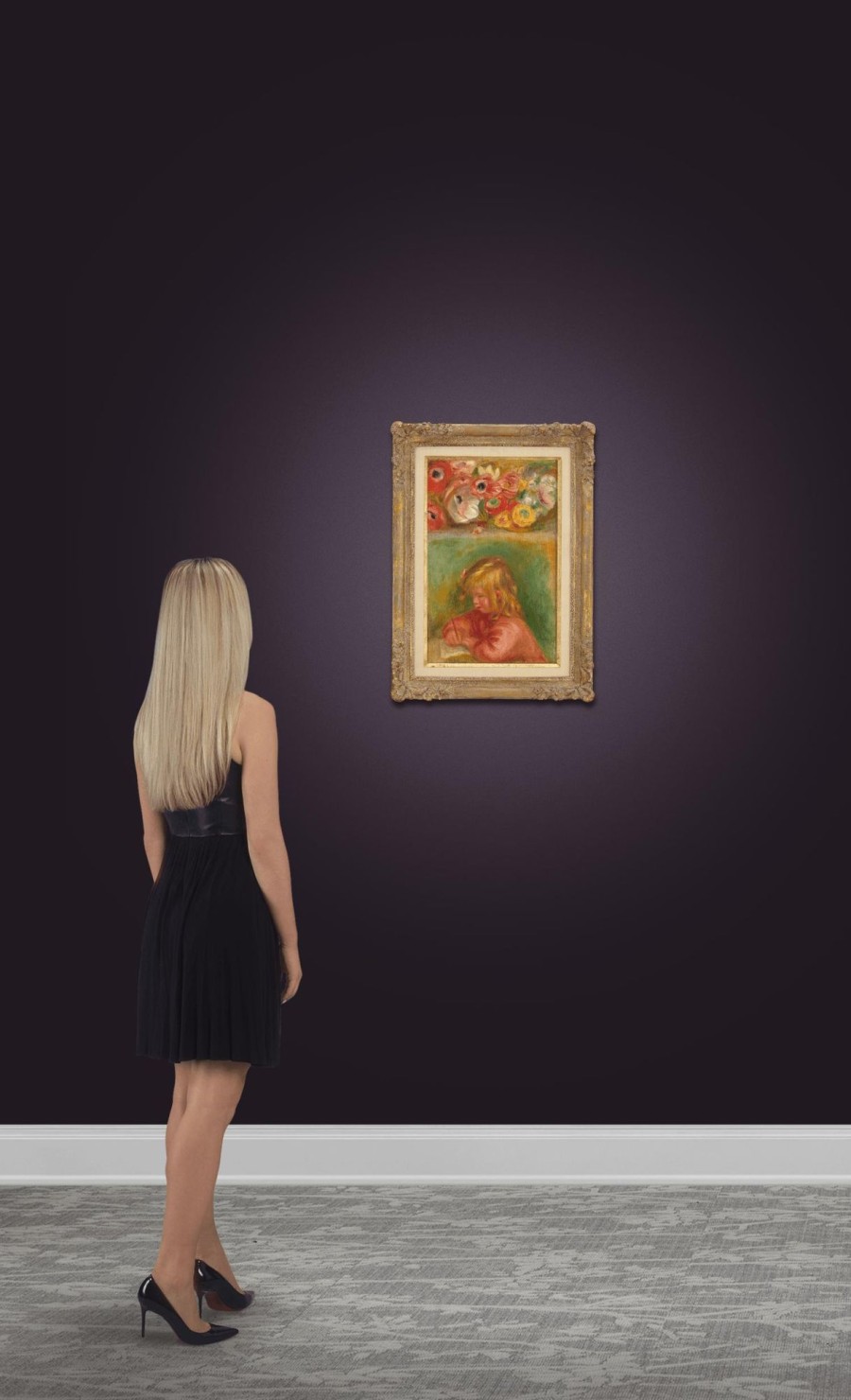
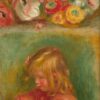
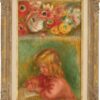
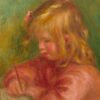
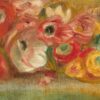


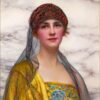

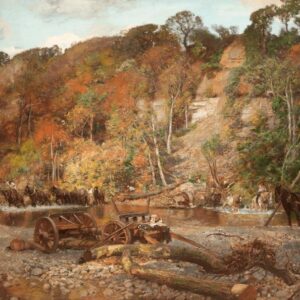

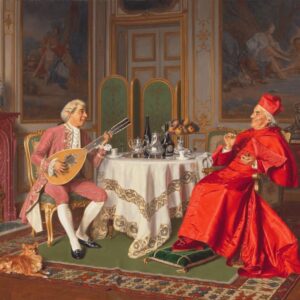

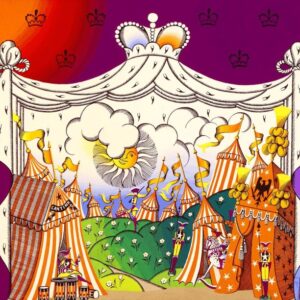

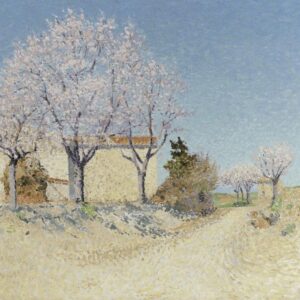
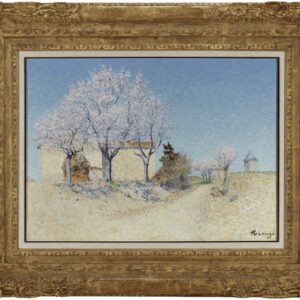
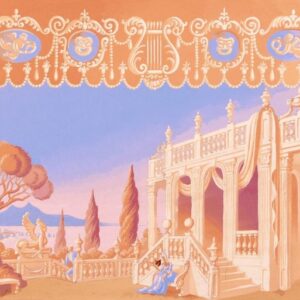

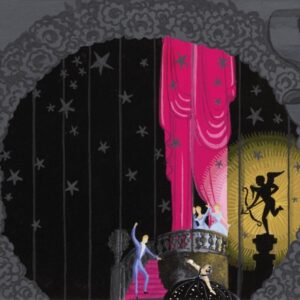
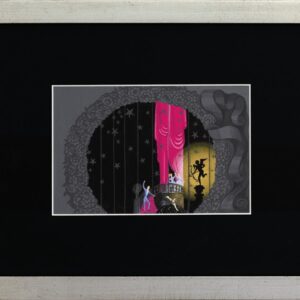
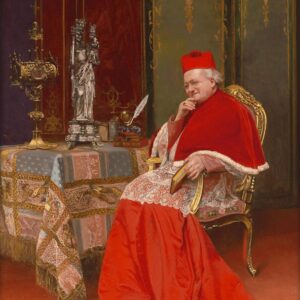
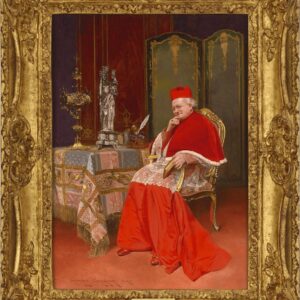
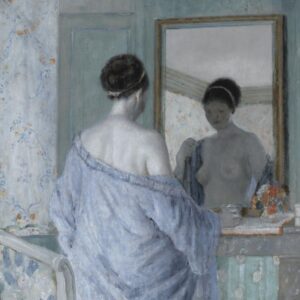
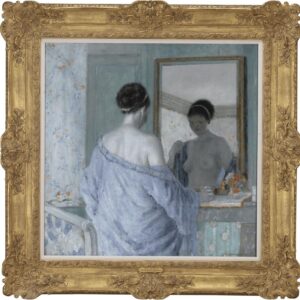
Reviews
There are no reviews yet.